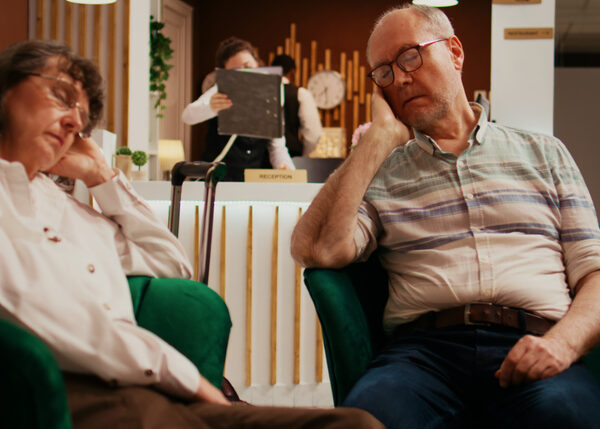Guidelines for CPR (cardiopulmonary resuscitation) and ECC (emergency cardiovascular care) were updated October 14, 2015 to expand on how mobile phones can help bystanders start CPR with guidance over the phone. Even those who have never taken a course can get clear directions from a dispatcher by placing their phone on speaker by the victim’s side and starting CPR when it’s most effective, within the first one or two minutes.
Often bystanders of a cardiac arrest are confused and nervous about starting CPR if they witness a victim gasping. Atonal breathing, according to the Heart and Stroke Foundation of Canada, can be a sign of heart attack, similar to a seizure. With calm and clear phone directions, dispatchers can help callers identify cardiac arrest and coach them through CPR.
Ideally, everyone should learn CPR; the course only takes a half hour and with more training, Canadian bystanders can improve their response rate, which in many cases is less than 30 per cent. Four out of five heart attacks occur at home or in a public place and immediate response can be life saving when emergency medical services might be several minutes away.
Steps for Hands-Only CPR
- Call 9-1-1 – keep the line open and on speaker
- Call for an AED (Automated External Defibrillator)
- Push Hard and Fast in the Centre of the Chest
Start CPR without hesitation; keep pushing until the person starts breathing normally without gasping. Use the AED as soon as it arrives by turning it on and following the prompts. Don’t stop until someone with medical training takes over.
Source: Canadian Heart and Stroke Foundation
Many bystanders worry they will cause harm to the victim but rapid CPR response won’t hurt and can only help. For more information about a CPR course near you visit: http://www.heartandstroke.com/site/c.ikIQLcMWJtE/b.3483921/k.DCD2/First_aid_CPR_and_AEDs_Learn_to_save_a_life.htm .






Add Your Voice
0 Comments
Join the Discussion